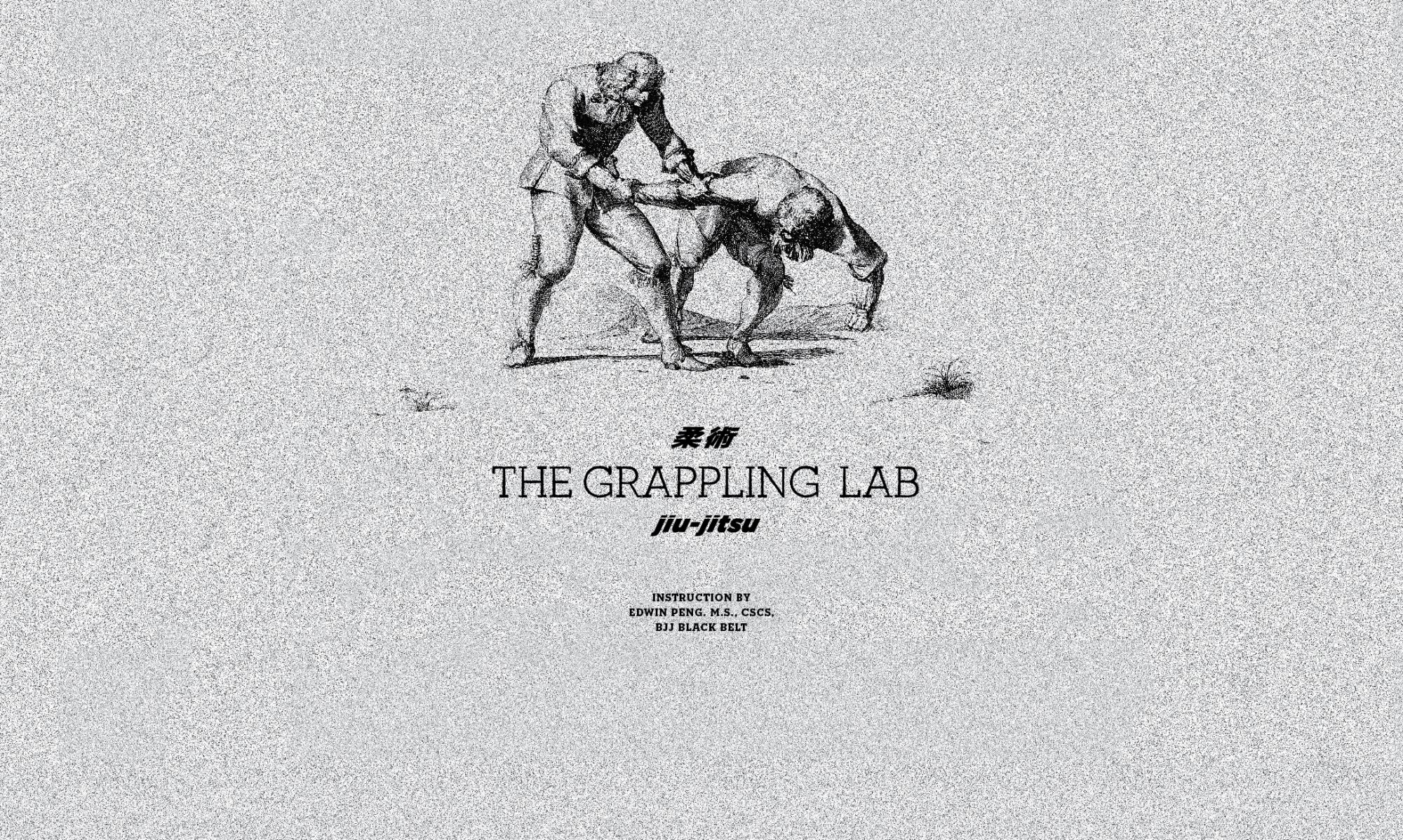BJJ beginners will often find it difficult to learn the motor skills in BJJ, such as sprawling, hip bumping, and break falls. Learning submissions and sweeps may seem incredibly difficult, and executing these moves during rolling may seem impossible. However, as training time increases executing skills during drilling will become easier, and executing these moves during sparring will become second nature.
A common belief among coaches is that the only way to improve is “mat time,” with many believing in the myth of expertise being obtained after 10,000 hours of mat time. While it is true that students will become better at BJJ as time spent drilling and rolling increases, the total amount of time poorly correlates with skill improvement.
As you train, you will find that there will be dedicated practitioners who will stay as a white belt for many years despite hundreds of hours of mat time accumulated. You will also find the rare individual who will start their BJJ career able to roll competitively with higher belts. This discrepancy between skill level and mat time exists due to the inherent abilities that are possessed by people. If someone has wrestled before they will have a lot of well-developed skills that overlap with BJJ. If someone decides to do BJJ after a lifetime of sedentary behavior, they will have to develop skills from the ground up.
Learning BJJ is hard for everyone, but it will be harder for some than others. However, approaching training and drilling sessions with a scientific approach will allow us to optimize skill learning. Many students are on a limited time schedule and must sacrifice time with their family or performing important job functions in order to attend BJJ classes. It is imperative that classes are structured in a way to optimize skill learning and increasing performance of a student. The goal of an instructor should be to maximize the student’s learning of BJJ. Every warm-up and drill should be structured in order to maximize the learning process of a student. Any part of class that is not catered in a way to help a student progress should be critically evaluated.

